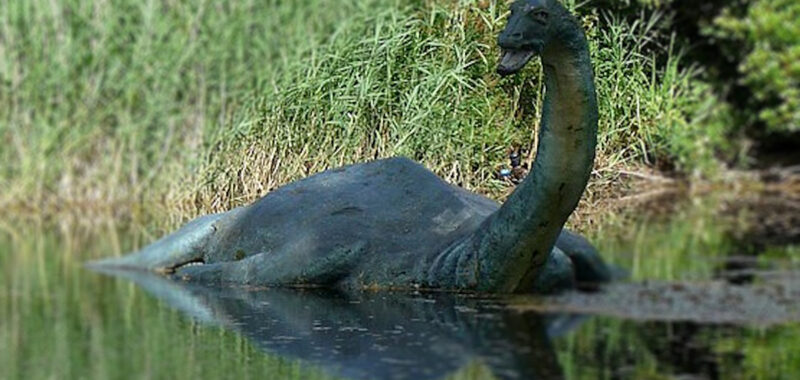Land-based cryptids live along the edges of the human world. They inhabit the liminal spaces, the places where humans seldom go. The forests of North America. The moors and fells of the British Isles. The high peaks and valleys of the Himalayas. The jungles of Southeast Asia. The wilds of Tasmania, and the Australian Outback. Mostly they exist in the imagination of the humans who live near them or go out hunting them. Once in a great while, they turn out to be real.
There are cryptids in the water, too—maybe even more numerous than on land. I’ll get to sea monsters in a while; in this chapter of the Bestiary I’ll be looking at cryptids who inhabit lakes and rivers. They’re all over the world, on every continent but (as far as I can find) Antarctica.
Different creatures live in different bodies of water, but they fall into a few distinct types. There are the ones that look like fish. Others—and those are numerous—are long and narrow and supple like serpents. And some are long-necked and thick-bodied, with flippers, like prehistoric plesiosaurs.
What most of them have in common is size. No minnows in that lot. Generally they’re on the large side. Many are huge. Ten, twenty, thirty feet long or more. They’re genuine monsters, at least as far as length and girth are concerned.
They are not often aggressive. If they swamp a boat, it’s as likely that the boat got in their way as that they deliberately attacked it. For the most part, they don’t want conflict with humans.
That’s true of most cryptids, actually. The ones like the chupacabra and the Black Beast of Exmoor that attack and mutilate livestock seldom turn on humans. If they’re predators, their prey tends to be wild game or, if and when they’re available, domestic animals.
Mostly they’re just there in the water. Some, like the queen of them all, the Loch Ness Monster—or Nessie as she’s known to her fans—are huge draws for the tourists. People come from all over to try to get a glimpse, to the great benefit of the local economy.
The main question always is, is this cryptid real? Or is it something more mundane? Is it a log in the water, an odd curl of wave, a misidentified fish or aquatic animal? Has human imagination and fondness for story transformed the ordinary into the legendary?
Let’s come down to the water and see what we can find. I’ll be looking at Nessie, of course—how not?—and Champ and the Bunyip and the Mokele-Mbembe, too.
Do you have a favorite lake or river monster? A local legend or bit of folklore? A particular water cryptid that you’d like me to look into? Let me know in comments, and we’ll see what we can see.

